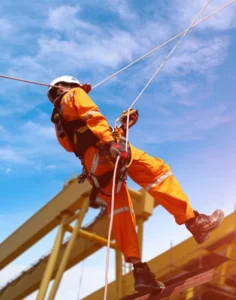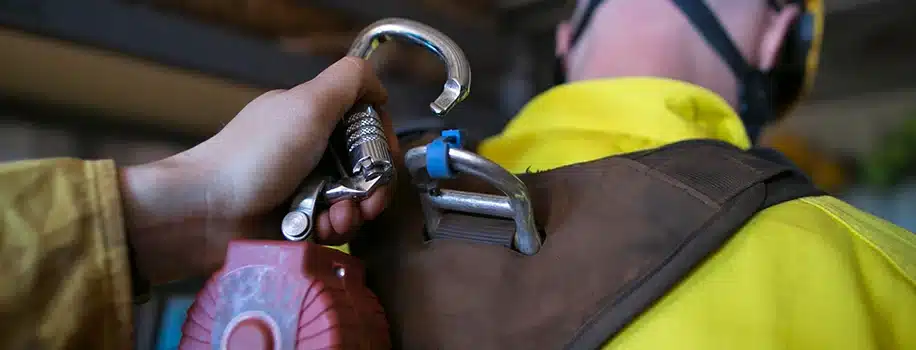Prioritizing Job Site Safety Rescue in High-Risk Situations
Emergencies are an unfortunate element of a job site, even when you think you have all of your bases covered. With multiple compliance factors, necessary planning and the unpredictability of a job site, errors can happen. When those do occur, it’s important to know that your safety rescue plan is well-formed and executed by highly trained teams.
In this blog, we explore the main types of rescue, their most common locations and the equipment that professionals should implement.
 Standby Safety Rescue
Standby Safety Rescue
When executing planned jobs, your team will often be required to have the proper rescue services on standby should anything happen. These standby rescue teams should already have a strong understanding of your project’s standard operating procedures, emergency response plan and other relevant permitting. While these teams might not be external, they should be highly trained in the required rescue types.
Emergency Rescue Types
When dealing with emergency situations, you don’t have a minute to spare. Your emergency rescue teams, which will be dealing with confined space, technical rope and high angle rescues, need to be able to respond quickly and calmly to an emergency as to reduce overall damages and ensure worker safety.
Confined Space Rescue
Getting stuck in tight spaces can limit access points, so it’s important that your rescue team can work quickly and safely to extract any compromised workers. Things like storage tanks, pits, silos, vats and pipelines have restricted entry and exit points, poor ventilation and are certainly not designed for continuous occupation.
In confined spaces, you can be exposed to atmospheric hazards like toxic gases and oxygen-depleted air as well as physical hazards including extreme temperatures, drowning or electrical shock.
A rescue team outfitted with the proper equipment should include:
- SCBA/SABA
- Fall Protection Gear
- Body Harnesses
- Air Monitors
- Tripods
- Ropes
- Winches
- Communication Gear

Technical Rope Rescue
When a response team needs to use ropes to assist in a rescue, these technical rope rescues require both an extensive knowledge of rope management and knot tying as well as the myriad locations they might be deployed in. These locations include mountainsides, bridges, scaffolding, smokestacks and ditches.
For all of these situations, your team will need to employ unique equipment strategies to ensure safety rescue execution. Necessary equipment may include:
- Kernmantle ropes
- Harnesses
- Pulleys
- Carabiners
- Anchors
- Mechanical Advantage Systems
- Basket Stretcher
- Ascent/Descent Control Devices
High Angle Rescue
While similar to rope rescue, high angle rescue carries specific regulatory standards that often require external teams to ensure compliance. Technically, high angle rescue is when the effort involves a slope of 60 degrees or greater and is typically related to cranes, towers, shafts, scaffolding and piping.
High angle specialists operate in teams of four or five and utilize equipment including:
- Kernmantle ropes
- Harnesses
- Pulleys
- Carabiners
- Anchors
- Mechanical Advantage Systems
- Basket Stretcher
- Ascent/Descent Control Devices
We are your one-stop-shop for rescue services
We are the responsive, reliable and ready rescue provider, with more than 25 years of experience improving job site safety and productivity. To learn more about our rescue capabilities and to begin the planning process.
